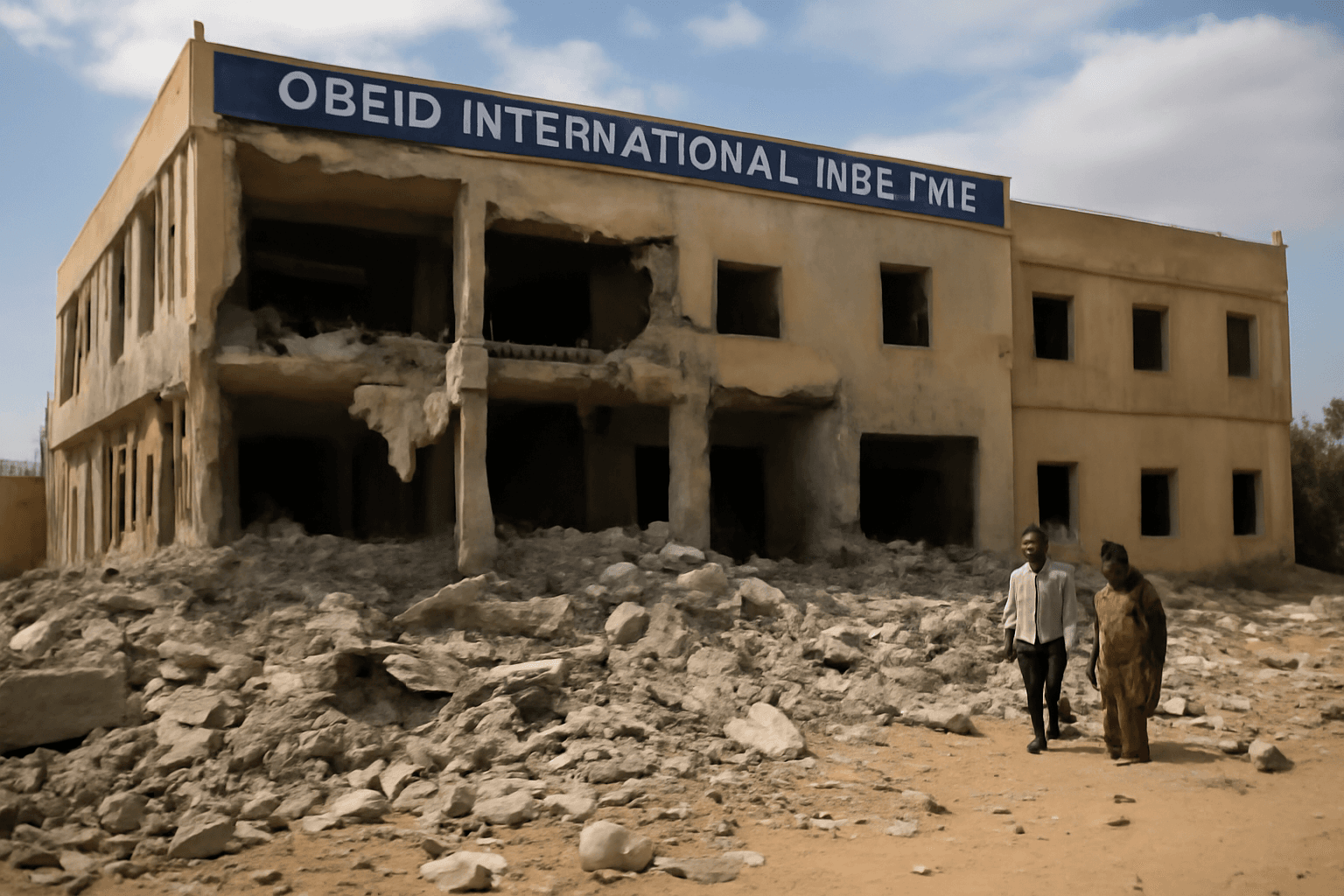Tragic Air Ambulance Crash Near Nairobi Kills Six
In a sobering reminder of the risks facing emergency medical flights, a mid-size air ambulance jet tragically crashed in a residential neighborhood just outside Kenya's capital, Nairobi, resulting in the deaths of at least six individuals. The aircraft, operated by the renowned AMREF Flying Doctors service, was en route from Nairobi to Somaliland when the fatal accident occurred.
Details of the Incident
The plane involved was a Cessna Citation XLS, a commonly used mid-size jet for medical evacuations and transport. Shortly after takeoff, the jet tragically crashed in the Mwihoko area of Kiambu County, which borders Nairobi. According to the Kiambu County Commissioner, Henry Wafula, four people onboard the aircraft lost their lives, while two additional victims were inside a house struck by the airplane.
Local emergency responders, including the Kenya Red Cross, swiftly arrived on the scene, though initial reports contained some confusion regarding the type of aircraft involved, with earlier statements mistakenly identifying it as a helicopter.
Official Response and Investigation
AMREF Flying Doctors has issued a cautious statement refraining from providing casualty numbers or speculating on the cause of the crash. The organization emphasized full cooperation with Kenyan aviation authorities and emergency services to piece together the circumstances that led to the disaster. This measured response raises key questions about aviation safety protocols for air ambulance flights in the region and the urgent need for thorough investigations.
Contextualizing Air Ambulance Risks in East Africa
Air ambulances serve as vital lifelines for patients in remote or conflict-prone areas, particularly within the African continent, where medical infrastructure can be unevenly distributed. However, the technical demands and environmental challenges — including unpredictable weather and congested urban airspace near Nairobi — can elevate risks.
While such accidents remain rare, this tragedy underscores the vulnerability of emergency medical services trying to reach underserved regions rapidly. It also highlights the need for stronger aviation oversight, improved emergency preparedness in urban zones, and investment in safer, more reliable air medical transport systems across East Africa.
Taking a Closer Look: Underreported Angles
- Community Impact: The crash's location in a residential area led to civilian casualties in addition to those on board. How equipped are neighboring communities to respond to aviation emergencies?
- Regulatory Oversight: Are current Kenyan aviation regulations and inspections sufficient to prevent similar air ambulance accidents?
- Transparency and Information Flow: The initial confusion over the aircraft type and delayed casualty disclosures signal communication challenges between agencies and the public.
- Economic Implications: Air ambulance services often operate under tight economic constraints; investment must balance cost-efficiency with uncompromising safety standards.
What Lies Ahead?
As investigations continue, policy makers and healthcare leaders must grapple with safeguarding life-saving aviation services without risking more lives on the ground or in the air. This incident serves as a critical case for evaluating the readiness and resilience of Kenya’s medical transport system amid growing logistical demands across East Africa.
Editor’s Note
Six lives were lost in a sudden air ambulance crash near Nairobi, highlighting pressing concerns about aviation safety in medical emergencies. Beyond the immediate heartbreak, this tragedy raises fundamental questions about regulatory rigor, urban planning, and community preparedness in rapidly developing regions. Stakeholders must pursue transparency and systemic reforms to ensure the fragile balance between swift medical response and operational safety is never compromised.















